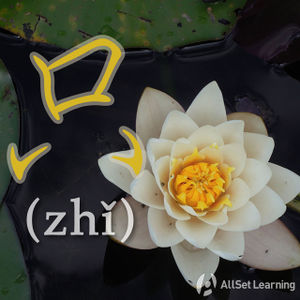Difference between revisions of "Expressing "only" with "zhi""
m (Text replacement - ". </span>" to ".</span>") |
Jacobleeliu (talk | contribs) |
||
| (One intermediate revision by one other user not shown) | |||
| Line 44: | Line 44: | ||
=== Books === | === Books === | ||
| − | + | {{Source|Integrated Chinese: Level 1, Part 1 (3rd ed)|87}} | |
| − | + | {{Source|Modern Mandarin Chinese Grammar: A Practical Guide|251}} | |
[[Category:A2 grammar points]] | [[Category:A2 grammar points]] | ||
| + | {{HSK|HSK3}} | ||
[[Category: Adverbs]] | [[Category: Adverbs]] | ||
Latest revision as of 09:35, 2 April 2019
-
Level
-
Similar to
-
Used for
-
Keywords
There are a number of different ways to express "only" in Chinese, but 只 (zhǐ) is the most basic one you need to learn first. It's an adverb, so it normally comes before verbs.
Structure
The adverb 只 (zhǐ) can come directly before a verb, or before an auxiliary verb like 会 (huì) or 能 (néng).
只 + Verb
只 + 会 / 能 + Verb
Examples
- 我 只 有 一 个 哥哥。I only have one older brother.
- 我们 只 有 十块 钱。We only have ten RMB.
- 我们 公司 只 有 两个员工。Our company only has two employees.
- 你 只 爱 吃 肉 吗?Do you only like eating meat?
- 他们 只 会 说 英文。They can only speak English.
- 我 只 能 说 两 句 中文。I can only say two sentences in Chinese.
- 你们 只 要 咖啡 吗?Do you only want coffee?
- 我 老婆 只 要 一个 孩子。My wife only wants one child.
- 宝宝 只 会 走,不 会 跑。The baby can only walk. He can't run.
- 我 只 想 跟 你 在 一起。I only want to be with you.



